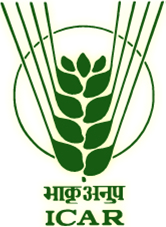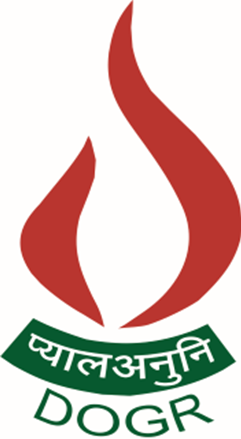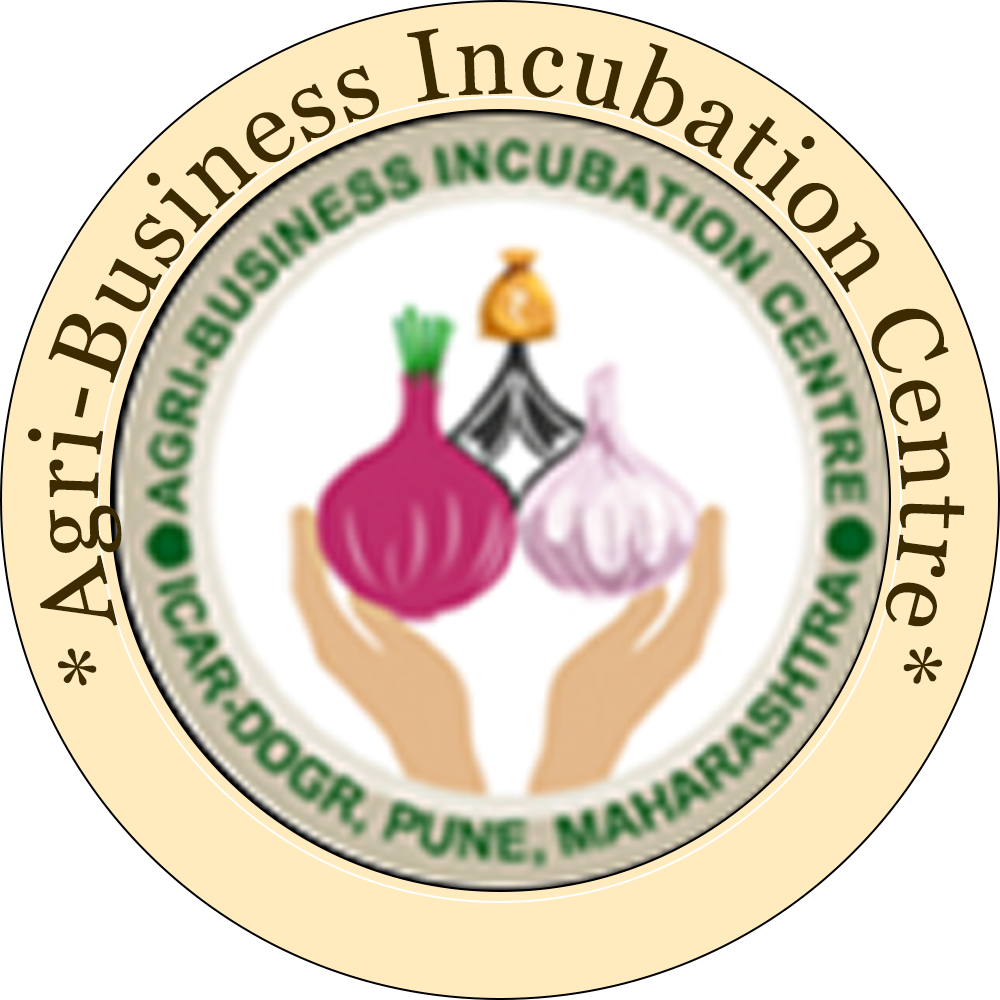DOGR Commercialized Technologies
Innovative solutions for onion and garlic cultivation
1. Kharif Onion Production Technology
Technology to combat heavy rainfall challenges including poor drainage and diseases like anthracnose, purple blotch and Stemphylium blight.
Key Practices:
- Nursery raising during second fortnight of June under shade nets
- Transplanting on broad bed furrow with drip/sprinkler irrigation
- Nutrient application: 75:40:40:20 kg NPKS/ha + organic manure
- Biofertilizers: Azospirillum and phosphorus solubilizing bacteria @5kg/ha each
- Fertigation through drip to prevent leaching losses
- Pre-emergence herbicide pendimethalin @0.2%
Benefits:
Ensures 25 tons yield per hectare without quality compromise, reduces soil borne and foliar diseases through efficient drainage.
2. Micro Irrigation for Onion and Garlic

Drip Irrigation Setup:
- Plant spacing: 10 x 15 cm in BBF (15cm height, 120cm top width)
- Two drip laterals (16mm) per BBF at 60cm distance
- Emitter spacing: 30-50cm with 4 l/hr flow rate
Sprinkler Irrigation Setup:
- Lateral distance: 6m (20mm pipes)
- Discharge rate: 135 l/hr
Benefits:
15-25% higher marketable yield, 35-40% water saving, 25-30% labor saving, increased A-grade bulbs percentage.
3. Fertigation Technology
Efficient method of applying fertilizers through drip irrigation system directly to root zone.
Recommendation:
- Basal application: NPK 40:40:60 kg/ha
- Remaining 70 kg N in seven splits through drip
- Weekly applications from transplanting to 60 DAT
Benefits:
Higher marketable yield, better cost-benefit ratio, reduced nitrogen leaching losses, precise nutrient delivery.
4. Weed Management in Onion
Recommended Practice:
- Pre-plant application of 0.2% Oxyflurofen 23.5% EC
- One hand weeding at 40-60 days after transplanting
Benefits:
65-80% weed control efficiency, improved marketable bulb yield.
5. Integrated Nutrient Management for Rabi Onion
Recommendation:
- 110:40:60:20 kg NPKS + 15t FYM equivalent organic manure
- Azospirillum and PSB @5kg each/ha
Benefits:
25% reduction in inorganic fertilizer use, improved soil nutrient status, high yield and cost-benefit ratio.
6. Integrated Pest and Disease Management
Key Strategies:
- Crop rotation with non-host crops (corn/millets)
- Drip irrigation to avoid disease outbreaks
- Raised beds in Kharif for better drainage
- Seed treatment with Thiram+Carbendazim or Trichoderma
- Border crops (maize/wheat) to block thrips
- Timely foliar sprays when ETL (30 thrips/plant) reached
Spray Schedule:
| DAT | Fungicide | Pesticide |
|---|---|---|
| 30 | Mancozeb @0.25% | Methomyl @0.8g/l |
| 45 | Tricyclazole @0.1% | Carbosulphan @2ml/l |
| 60 | Hexaconazole @0.1% | Profenofos @1ml/l |
7. Seed Production Technology

Best Practices:
- Seed treatment with thiram + 400 gauge poly pack storage
- Priming with 2% K₂HPO₄ for 24h at 15°C
- Pre-harvest spray of Iprodione+Carbendazim
- Vernalization of bulbs at 15°C for 10 days before planting
8. Manually Operated Onion Grader
Specifications:
- Double roller type, grades by diameter
- Weight: 125kg with caster wheels
- Dimensions: 6'L x 2'W, 5' hopper height
- 5 size grades: <35mm, 35-50mm, 50-60mm, 60-80mm, >80mm
- Also suitable for other fruits (citrus, sapota, etc.)
9. Motorized Onion Grader
Specifications:
- Counter rotating double rollers
- Weight: 300kg with 1HP motor
- Dimensions: 7'L x 4'W
- 5 size grades: <35mm, 35-50mm, 50-60mm, 60-80mm, >80mm
10. Storage Environment/Structures
Options:
- Low volume low cost: 5-10 tons capacity
- High volume ventilated: 25-50 tons capacity
Benefits:
20-50% reduction in storage losses depending on storage period.
B. Technologies for Commercialization
1. RT-PCR Kit for IYSV Detection
Highly sensitive, simple and rapid detection of Iris Yellow Spot Virus in onion leaves. Validated across Indian geographical locations.
2. One Step RT-PCR Kit for OYDV
Rapid detection (within 2 hours) of Onion Yellow Dwarf Virus in onion and garlic. Validated across India.
3. Quantitative Real Time RT-PCR Kit for OYDV
Ultra-sensitive SYBR Green based detection with real-time results. Single-step cDNA synthesis and PCR. Validated across India.


